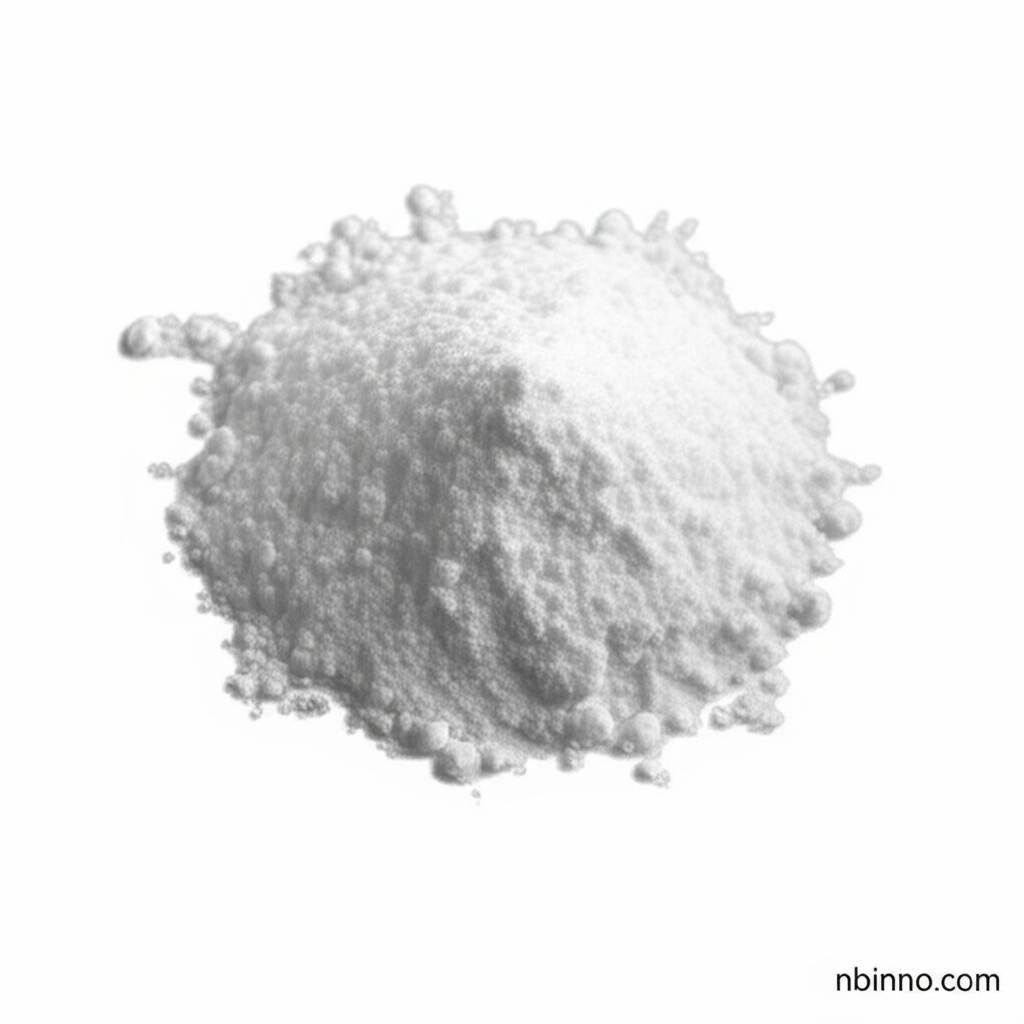Unlock the Potential of Advanced Organic Synthesis with 5-(4-Aminophenyl)-10,15,20-triphenyl Porphine
Discover the critical role of this high-purity porphyrin derivative in driving innovation across pharmaceutical research and material science. Explore its versatile applications and understand why it's a cornerstone for groundbreaking chemical advancements.
Get a Quote & SampleProduct Core Value

5-(4-Aminophenyl)-10,15,20-triphenyl Porphine
As a leading supplier in China, we provide high-purity 5-(4-Aminophenyl)-10,15,20-triphenyl Porphine (CAS 67605-64-5), a crucial compound for cutting-edge research and development. Our commitment to quality ensures reliable performance for your demanding applications, making us a trusted manufacturer in the field of specialty chemicals.
- Explore the diverse applications of porphyrin derivatives for research, leveraging the unique properties of this essential molecule.
- Optimize your organic synthesis processes with this high-purity intermediate, ensuring consistent and effective results.
- Advance pharmaceutical research by utilizing this compound in the development of novel therapeutic agents and drug delivery systems.
- Discover its potential in material science, including functionalizing graphene oxide and developing advanced catalytic systems.
Advantages Delivered
Exceptional Purity
Benefit from a purity level of 97% min, ensuring reproducible and reliable outcomes in your synthesis and research endeavors, supporting your organic chemistry intermediates needs.
Versatile Applications
Utilize this compound in a wide array of applications, from complex organic synthesis to the development of advanced materials, making it a key component for specialty chemicals innovation.
Reliable Supply Chain
Depend on us as your trusted pharmaceutical raw materials supplier, ensuring consistent availability and quality for your ongoing projects.
Key Applications
Material Science
Used for covalently functionalizing graphene oxide and developing porphyrin-containing light-responsive capsules for controlled drug release, highlighting its role in creating novel functional materials.
Catalysis
Investigate its potential in various catalytic processes, including electrocatalysis and photocatalysis, contributing to the advancement of sustainable chemical transformations.
Biomedical Research
Explore its utility in chelating radioisotopes like 64Cu for radiopharmaceuticals and in developing sensitive biosensors, showcasing its impact on healthcare innovation.
Organic Synthesis
Serve as a fundamental building block in complex organic synthesis pathways, enabling the creation of new molecular architectures and functional molecules.
